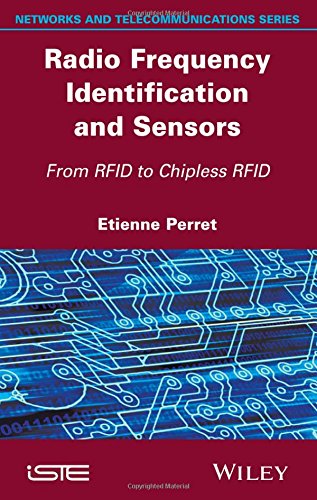

Most ebook files are in PDF format, so you can easily read them using various software such as Foxit Reader or directly on the Google Chrome browser.
Some ebook files are released by publishers in other formats such as .awz, .mobi, .epub, .fb2, etc. You may need to install specific software to read these formats on mobile/PC, such as Calibre.
Please read the tutorial at this link: https://ebookbell.com/faq
We offer FREE conversion to the popular formats you request; however, this may take some time. Therefore, right after payment, please email us, and we will try to provide the service as quickly as possible.
For some exceptional file formats or broken links (if any), please refrain from opening any disputes. Instead, email us first, and we will try to assist within a maximum of 6 hours.
EbookBell Team

4.1
80 reviewsThis book deals with the field of identification and sensors, more precisely the possibility of collecting information remotely with RF waves (RFID). The book introduces the technology of chipless RFID starting from classical RFID and barcode, and explores the field of identification and sensors without wire, without batteries, without chip, and with tags that can even be printed on paper.
A technique for automatic design of UHF RFID tags is presented , aiming at making the tags as insensitive as possible to the environment (with the ability to increase the reading range reliability), or, conversely, making them sensitive in order to produce sensors, meanwhile keeping their unique ID. The RFID advantages are discussed, along with its numerous features, and comparisons with the barcode technology are presented. After that, the new chipless RFID technology is introduced on the basis of the previous conclusions. Original technological approaches are introduced and discussed in order to demonstrate the practical and economic potential of the chipless technology.